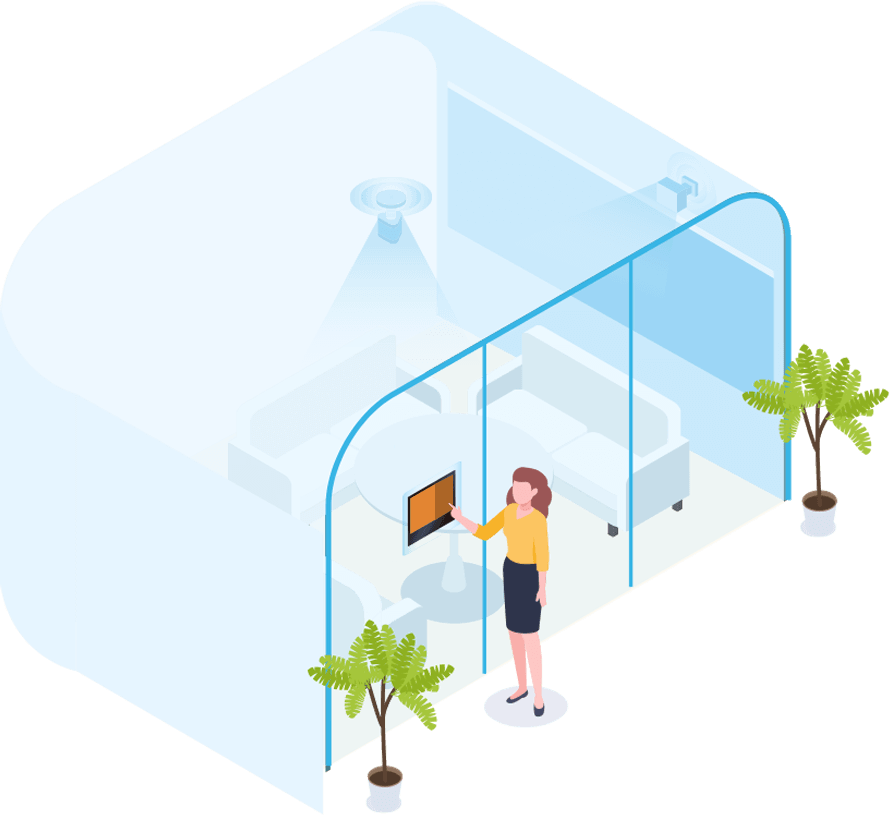What is Internet of Things
What Is Internet
of Things (IoT)?
What is IoT? IoT is short for the Internet of Things, whose main purpose is to extend connections to the non-human by using the Internet.
IoT applications are deeply integrated into every facet of our lives, and many everyday objects and appliances can receive instructions from that network with little to no human intervention and perform functions like transmitting, receiving, and processing data. Machines, home appliances, cars, and even heart monitors can all be connected through the IoT.
With the rise of IoT, we get to connect the physical business world to the digital one, deriving data-driven insights from IoT data to help better manage the business.
What Is Internet
of Things Applications
in the Workplace?
IoT technology has helped to create new office experiences through a variety of applications. According to Dataprot, Companies could invest a total of up to $15 trillion in IoT by 2025. It’s no news that many companies have already taken note of IoT devices’ vast potential to add value to their business operations.
There’re mainly two types of IoT applications seen in the workplace:
IoT applications that improve workspace effectiveness by connecting office infrastructures, collecting data, and automation;
Live occupancy data (collected by occupancy sensors)
Smart furniture (such as desks)
Manage corporate assets
Build office ecosystem
IoT applications that boost employee productivity by creating a convenient, happier, and healthier working environment;
Measure environmental conditions (air quality, lighting, noise, etc.)
Smart access controls
Smart coffee machines & vending machines
Foster closer collaboration
What is IoT’s Impact
upon Our Office?
IoT is changing the way we work. Studies have shown that:
78% of organizations say the introduction of IoT in the workplace has improved the effectiveness of their IT team, and 75% find it has increased profitability.
As IoT becomes more widespread in the marketplace, companies are capitalizing on the tremendous business value it can offer. These benefits include:
Drive efficiencies and new possibilities in existing processes
Boosts employee well-being & productivity
Increases workplace safety
Reduces energy consumption, maintenance costs, and administrative expenses
Opportunities to predict patterns and act rapidly
New business insights
Improved monitoring and analysis capabilities
Unlocks potential new revenue streams
Related
It shouldn't be difficult to book the right space.
Let us help!



